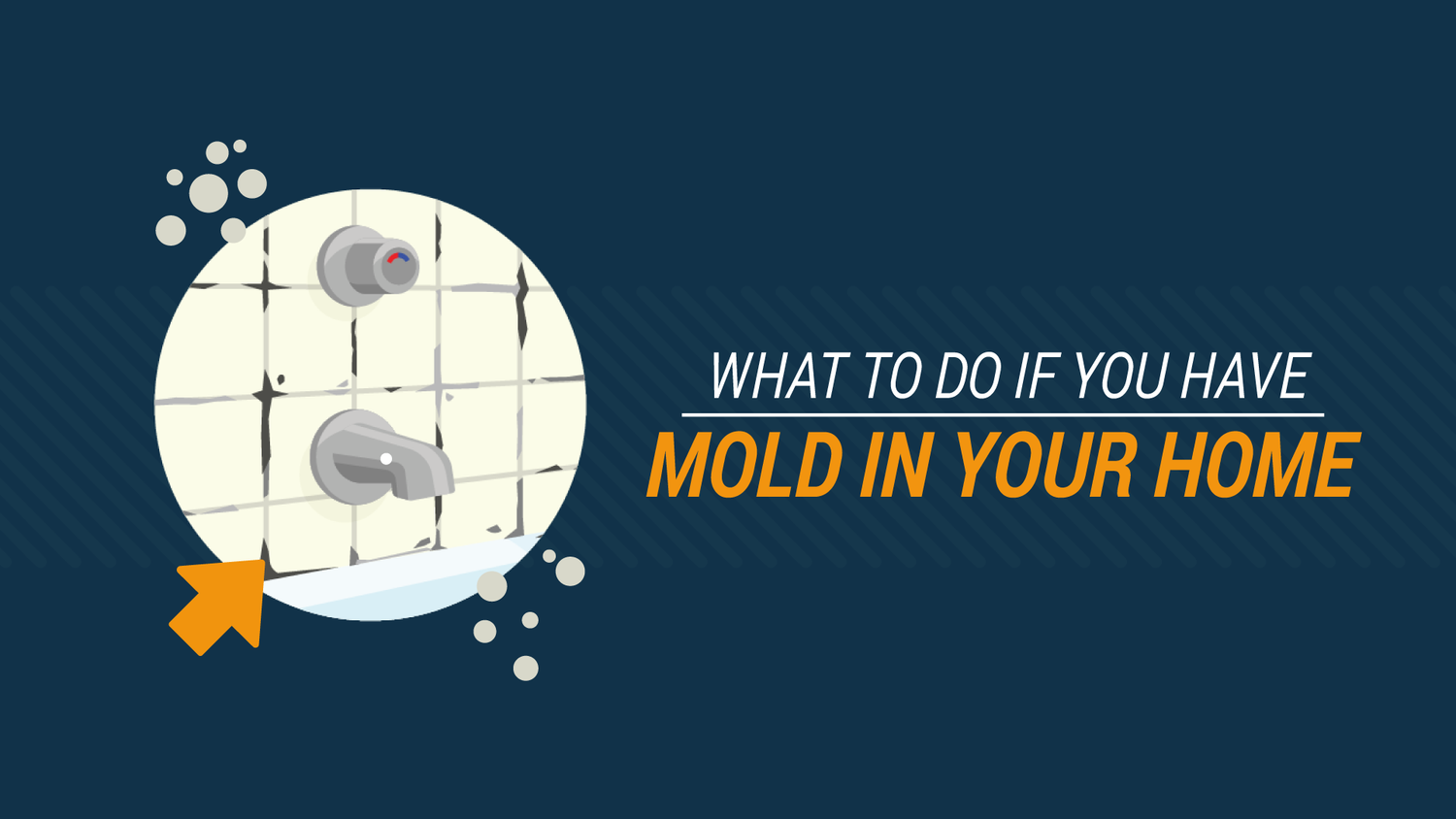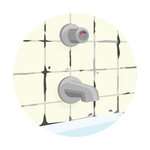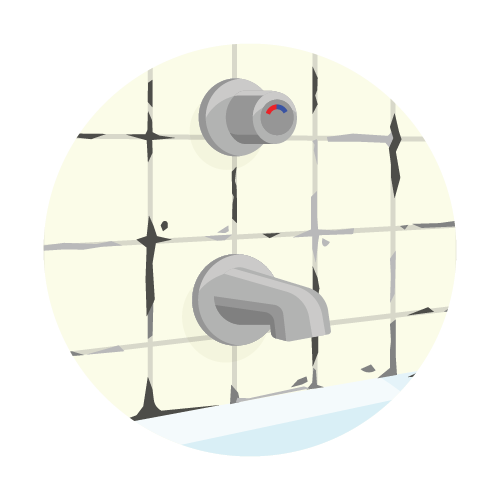
What To Do If You Have Mold In Your Home
Our blog is written by real experts— not AI. Each guide is carefully reviewed and updated based on the latest research. Plus, with no affiliate links, you can count on unbiased insights you can trust.
Signs, Symptoms, and Solutions of Mold Contamination
Mold has been living on our planet for millions of years, and there is always some mold everywhere.[1] The infamous “toxic mold”–which refers to the varieties that release mycotoxins into the air–are the largest cause for concern.[2] However, there are many more types of insidious mold that can cause a range of damaging health effects–via allergens and irritants.
What Is Mold?
Mold is a form of fungus that spreads through the production of spores.[3] These spores are invisible to the naked eye and able to survive in harsh conditions.[1]
Mold can enter your home through pretty much any entry-way you can imagine–from sneaker soles and doorway cracks to heating units and AC systems. If there's moisture, dampness, and protection from direct sunlight–the spores can, and will, grow into mold. Rapid growth occurs in areas with lots of moisture–particularly near leaks in pipes, windows, or rooftops–but frankly no area is outside the realm of mold-growth possibility (e.g. they even grow in drywall).
Because it’s nearly impossible to prevent spores from coming inside, it is critical to prevent spores from growing into mold.
Signs of Mold Contamination
Although mold often grows in areas that can’t be readily seen–such as inside walls–mold growth is usually noticeable.
Sight: Mold can come in a wide variety of colors depending on the species. It can even contain a variety of colors in a single patch. Common colors for mold include: green, black, white, red, and orange. As it grows, the color may change over time.
Smell: Once spores grow into mold, some release microbial volatile organic compounds (MVOC).[4] These MVOCs diffuse into the air and fill nearby areas with a particular smell (which varies according to the type of compound released). Depending on the type of mold species, you may smell a musty, rotten, or “wet sock” smell. These smells may feel dusty or ticklish to your nose. Note: just as different species of mold can produce different smells, they can also produce no smell (if they do not produce MVOCs or if the humidity, temperature, or light prevents them from doing so).
Feel: Just as color and smell vary depending on the species of mold, so too does the texture. From smooth to rough to fuzzy, mold can feel like velvet, cotton, or suede (to name a few!).
Taste: Just kidding–do not eat the mold!
Mold and Fungus Water Test
Test for mold and fungal contamination in drinking water, as well as total heterotrophic bacteria.
What Are the Health Impacts of Mold Contamination?
Not all mold is the same. On top of that, everyone responds differently to mold.[5] Some people may experience no symptoms, while others can experience life-threatening allergic reactions. Those who already suffer from asthma, allergies, or immune problems are more likely to experience symptoms when exposed to mold.
According to the World Health Organization (WHO), inhaling or touching mold (or its spores) can lead to allergic reactions (immediate or delayed).[6] Symptoms include:
-
Nasal congestion
-
Throat irritation
-
Coughing
-
Eye irritation
-
Skin irritation
-
Immunological reactions
Additionally, some mold can emit volatile chemicals that may impact your nervous system.[7]
What Can I Do About Mold in My Home?
In order to treat mold in your home, the first step is to test for it. If you find (or at least suspect) that you have mold growing in your home, the key is to take action quickly.
Step 1: Identify Where The Mold Is Growing
Ways to test for mold vary depending on its location. A few ways to check for mold include:
-
Pinpointing the source of the odor: Start by pulling the air out of the (sealed) room by placing a fan in a window. Then crawl around and sniff for musty or earthy smells near cracks. (We know this one isn’t very glamorous–but neither is having a mold-filled home!)
-
Check around areas and sources of moisture: Areas that appear to have water damage can potentially harbor mold. A good way to check is to use a moisture meter to detect elevated humidity
After you’ve identified the location of the mold, there are two more steps you need to take.
Step 2: Clean the Mold and Eliminate the Moisture Problem
It is commonly recommended that you wash down surfaces with a bleach solution (1 cup bleach to 1 gallon of water) to kill the mold.[1]
Step 3: Eliminate the Source of the Mold
Mold removal is not always a permanent solution, as it can (and tends to) grow back–especially on porous surfaces like wood or fabric. This is why it is crucial to eliminate the source of the mold–i.e. the moisture. The bes ways to do this include:
-
Controlling humidity (keep levels no higher than 50%)[1]
-
Fixing leaks in roofs, windows, and pipes
-
Ventilating shower, laundry, and cooking areas
If you have a mold patch in your home 3 feet by 3 feet or larger, we recommend contacting a professional mold-cleaning expert.
More questions? The Tap Score team can help. Send an email to support@mytapscore.com or live chat the team to get help from environmental health experts anytime.
Sources and References
▾- Basic Facts about Mold and Dampness | CDC
- Mycotoxins - PMC
- Mold and Your Home: What You Need to Know
- Microbial volatile organic compounds
- How to Find and Eliminate Mold - The New York Times
- Health effects associated with dampness and mould - WHO Guidelines for Indoor Air Quality - NCBI Bookshelf
- Are Some Fungal Volatile Organic Compounds (VOCs) Mycotoxins? - PMC












